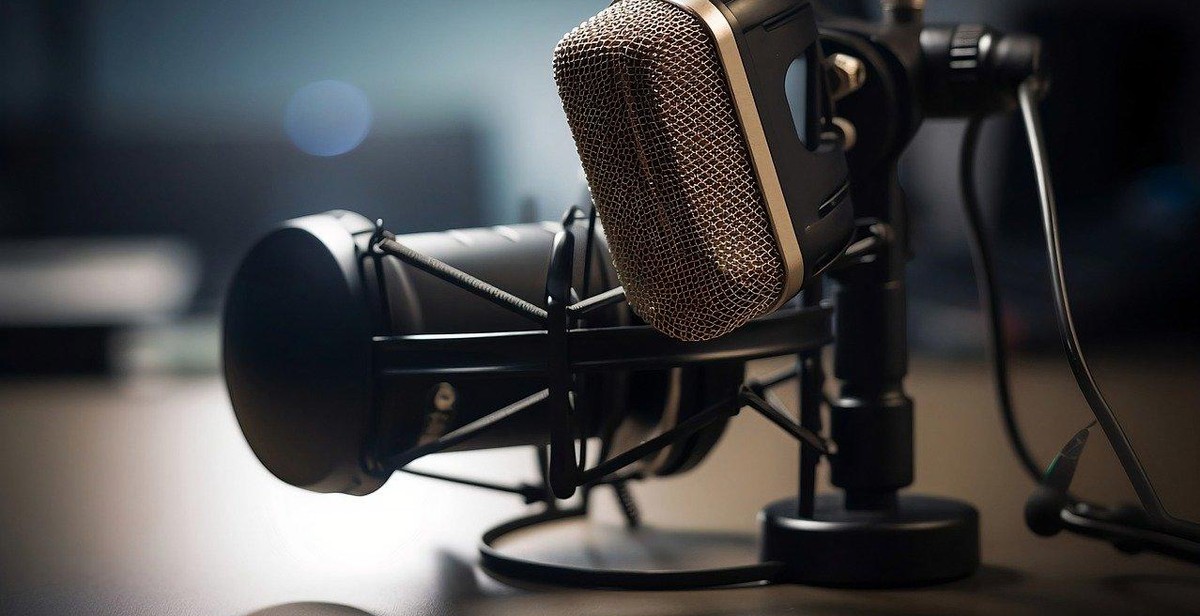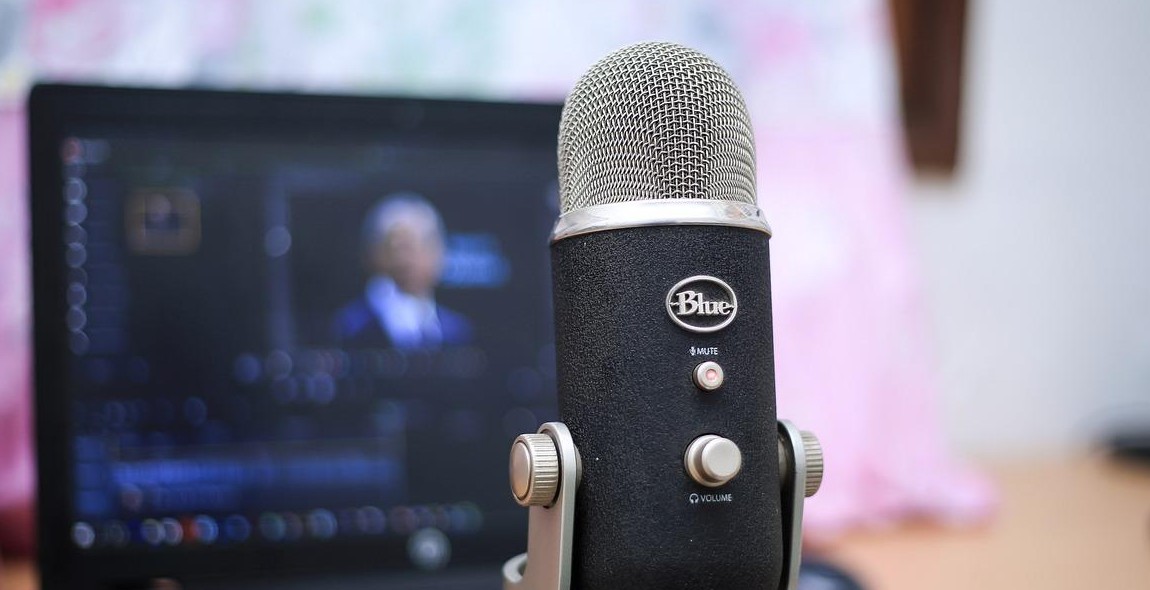How to Start a Podcast: Tips for Planning, Recording, and Promoting Your Show
If you’re reading this, you’re probably considering starting your own podcast. And why not? Podcasting has become a popular medium for sharing ideas, telling stories, and building communities. With over 1.7 million podcasts available today, there’s no shortage of content to choose from. But that doesn’t mean you can’t create something unique and valuable.
Why Start a Podcast?
There are many reasons why people start podcasts. For some, it’s a way to share their knowledge and expertise with others. For others, it’s a way to connect with like-minded individuals and build a community. And for some, it’s simply a fun and creative outlet.
But regardless of your motivation, starting a podcast requires planning, dedication, and hard work. In this article, we’ll guide you through the process of planning, recording, and promoting your show. We’ll cover everything from choosing a topic and format to selecting equipment and software. We’ll also share tips on how to engage with your audience and grow your podcast’s reach.
So, are you ready to start your podcasting journey? Let’s get started!
Planning Your Podcast
Starting a podcast can be an exciting and rewarding experience, but it requires careful planning to ensure that your show is successful. Here are some tips for planning your podcast:
Choose Your Niche
One of the first things you need to do when planning your podcast is to choose a niche. Your niche should be something that you are passionate about and have expertise in. It could be anything from sports to politics to cooking to finance. The key is to choose a niche that you are interested in and can create quality content around.
Define Your Target Audience
Once you have chosen your niche, the next step is to define your target audience. Who is your podcast for? What are their interests and needs? Understanding your target audience will help you create content that resonates with them and keeps them coming back for more.
Develop a Content Strategy
With your niche and target audience in mind, you can now develop a content strategy for your podcast. This involves deciding on the format of your show, the length of each episode, and the topics you will cover. You should also think about how often you will release new episodes and how you will promote your show.
- Format: Will your show be an interview format, a solo show, or a roundtable discussion?
- Length: How long will each episode be? Will you have segments or stick to one topic per episode?
- Topics: What topics will you cover? Will you have recurring themes or cover a variety of topics?
- Release schedule: How often will you release new episodes? Weekly, bi-weekly, or monthly?
- Promotion: How will you promote your show? Will you use social media, email marketing, or paid advertising?
By developing a content strategy, you can ensure that your podcast stays on track and delivers value to your listeners.
| Key Takeaways: |
|---|
| Choose a niche that you are passionate about and have expertise in. |
| Define your target audience to create content that resonates with them. |
| Develop a content strategy that includes the format, length, topics, release schedule, and promotion of your show. |

Recording Your Podcast
Now that you have planned your podcast, it’s time to start recording. Here’s what you need to do:
Selecting Equipment
The quality of your recording equipment can make or break your podcast. You need to invest in good quality microphones, headphones, and a mixer to ensure the best sound quality. There are many options available, but it’s important to do your research and find what works best for you and your budget. You can opt for USB microphones if you’re just starting out, but for professional-level audio quality, you may want to consider investing in XLR microphones.
Setting Up Your Recording Space
Your recording space should be quiet, well-lit, and free from any distractions. A room with soft furnishings can help dampen any echoes or reverberations. Consider using acoustic panels to help improve the sound quality of your recordings. Make sure you have a comfortable chair and a glass of water nearby to keep yourself hydrated during long recording sessions.
Preparing for Interviews
If you plan on having guests on your podcast, it’s important to prepare for interviews. Research your guests and prepare a list of questions in advance. Make sure you have a backup recording system in case of any technical issues. Always do a soundcheck with your guests before recording to ensure the best audio quality.
By following these tips, you can ensure that your podcast recording is of the highest quality. Remember, your audio quality can make or break your podcast, so invest in good equipment and take the time to set up your recording space properly.

Editing Your Podcast
Once you have recorded your podcast, it’s time to edit it and make it sound polished and professional. Editing your podcast involves three main steps: choosing an editing software, editing your audio, and adding intro and outro music.
Choosing an Editing Software
There are plenty of editing software options available, both free and paid versions. Some popular software options include:
- Audacity: a free, open-source audio editing software with a user-friendly interface
- Adobe Audition: a paid software with advanced editing features and a steep learning curve
- GarageBand: a free editing software for Mac users with a simple interface and basic editing features
Choose an editing software that suits your needs and budget. It’s important to note that no matter which software you choose, it will take some time to learn and master the editing process.
Editing Your Audio
When editing your audio, you want to focus on making it sound clean and professional. Here are some tips:
- Remove background noise: use noise reduction tools to remove any unwanted background noise
- Trim silences: remove any long silences or dead air to keep the pacing of your podcast moving
- Equalize audio: adjust the levels of your audio to ensure that all voices and sounds are at a consistent volume
- Add effects: use effects like compression and reverb to enhance the sound quality of your audio
Adding Intro and Outro Music
Adding intro and outro music to your podcast can help make it sound more professional and cohesive. Here are some tips:
- Choose music that fits your podcast’s theme: the music you choose should match the tone and style of your podcast
- Keep it short: your intro and outro music should be no longer than 30 seconds each
- Use royalty-free music: make sure you have the rights to use the music you choose to avoid any legal issues
| Editing Software | Pros | Cons |
|---|---|---|
| Audacity | Free, user-friendly interface | May lack advanced editing features |
| Adobe Audition | Advanced editing features | Expensive, steep learning curve |
| GarageBand | Free for Mac users, simple interface | May lack advanced editing features |
Publishing Your Podcast
Once you have recorded and edited your podcast, it’s time to publish it. Here are some important steps to follow:
Selecting a Hosting Platform
The first step in publishing your podcast is to select a hosting platform. A hosting platform is a service that stores your podcast files and makes them available for download. There are many hosting platforms available, but some of the most popular ones include:
- Libsyn: A popular hosting platform that offers a range of plans to fit different needs and budgets.
- Blubrry: A hosting platform that offers both hosting and podcast statistics.
- Buzzsprout: A hosting platform that offers a free plan with limited storage and a range of paid plans with additional features.
When selecting a hosting platform, consider factors such as storage space, bandwidth, pricing, and customer support.
Creating Show Notes
Show notes are a written summary of your podcast episode. They typically include a brief overview of the episode, links to any resources mentioned in the episode, and a transcript of the episode. Show notes can help improve the discoverability of your podcast by making it easier for search engines to index your content.
When creating show notes, be sure to include relevant keywords and phrases that describe the content of your episode. This will help improve your podcast’s SEO and make it more discoverable to potential listeners.
Submitting to Podcast Directories
Once your podcast is hosted and your show notes are created, it’s time to submit your podcast to podcast directories. Podcast directories are platforms that allow users to discover and listen to podcasts. Some of the most popular podcast directories include:
- Apple Podcasts: The largest and most popular podcast directory.
- Spotify: A popular music streaming platform that also hosts podcasts.
- Google Podcasts: A podcast directory that is integrated with Google Search and Google Assistant.
To submit your podcast to these directories, you will need to create an account and provide some basic information about your podcast, such as its title, description, and cover art. Once your podcast is approved, it will be available for users to discover and listen to.

Promoting Your Podcast
Creating a great podcast is only half the battle. The other half is promoting it effectively. Here are some tips to help you get the word out:
Leveraging Social Media
Social media is a powerful tool for promoting your podcast. Make sure you have active accounts on platforms like Twitter, Facebook, and Instagram. Share your episodes on these platforms and engage with your followers. Use hashtags to increase visibility and reach new audiences. You can also join podcasting groups on social media to connect with other podcasters and learn new strategies.
Collaborating with Other Podcasters
Collaborating with other podcasters can help you reach new audiences and build relationships within the podcasting community. Look for other podcasts in your niche and reach out to see if they’d be interested in collaborating. You can do guest episodes on each other’s shows, cross-promote on social media, or even create a joint podcast.
Engaging with Your Audience
Engaging with your audience is crucial for building a loyal fanbase. Respond to comments and messages on social media, and encourage listeners to leave reviews and ratings on platforms like Apple Podcasts. You can also create a community around your podcast by starting a Facebook group or Discord server where listeners can connect with each other.
By leveraging social media, collaborating with other podcasters, and engaging with your audience, you can effectively promote your podcast and grow your audience.
